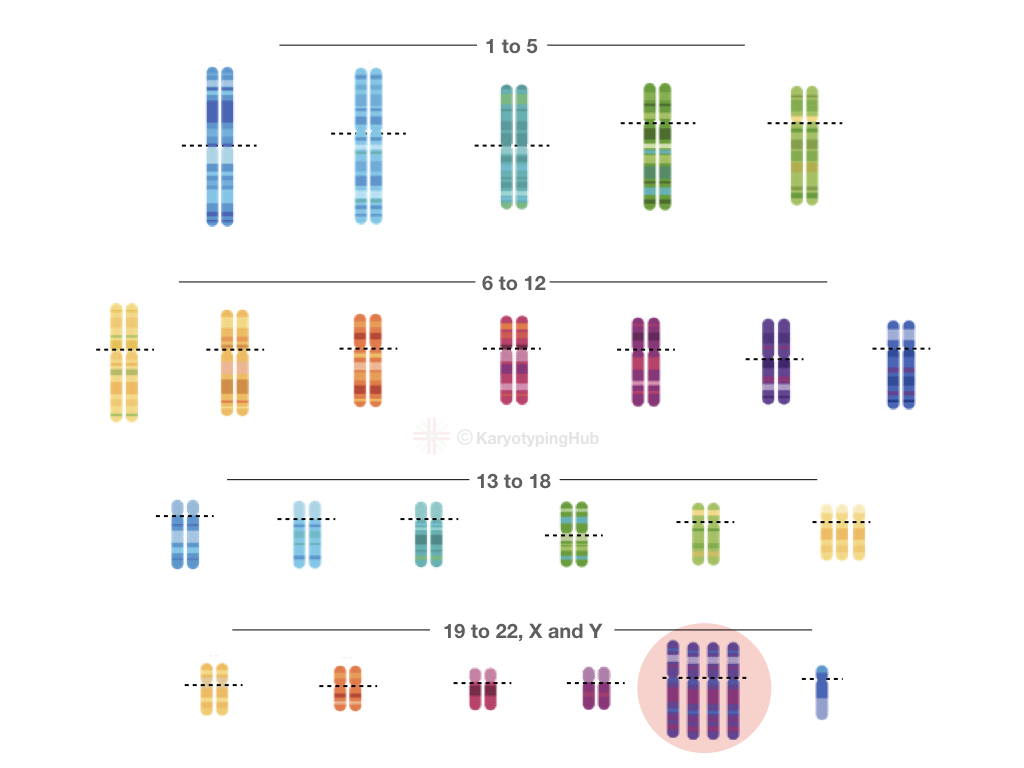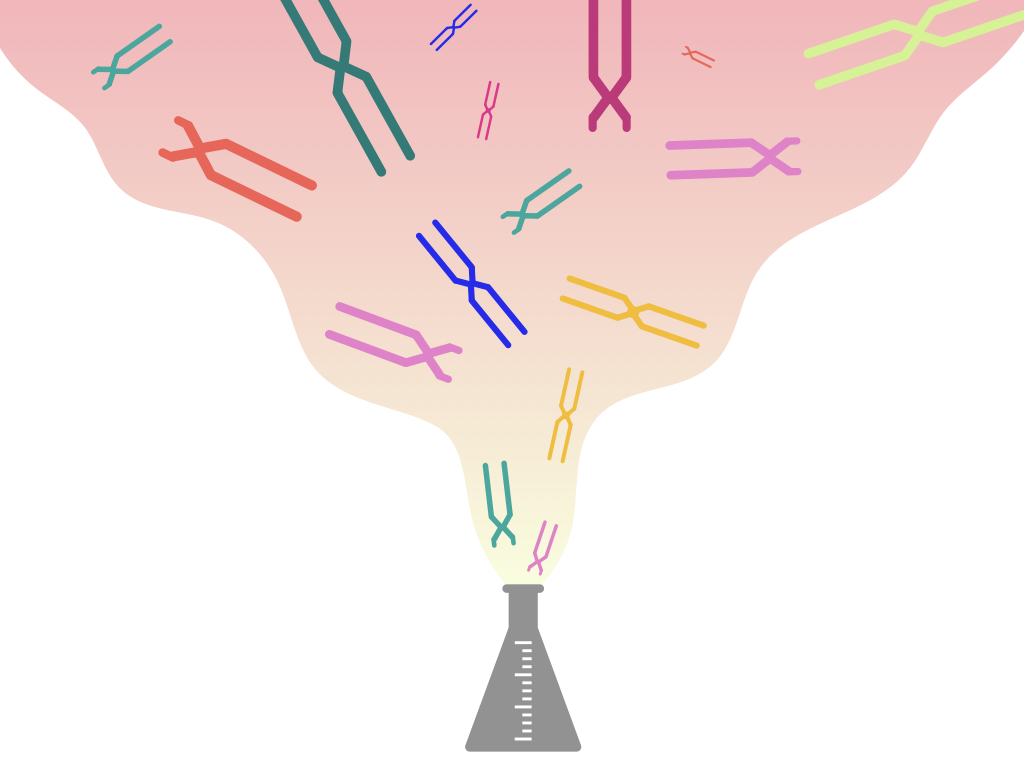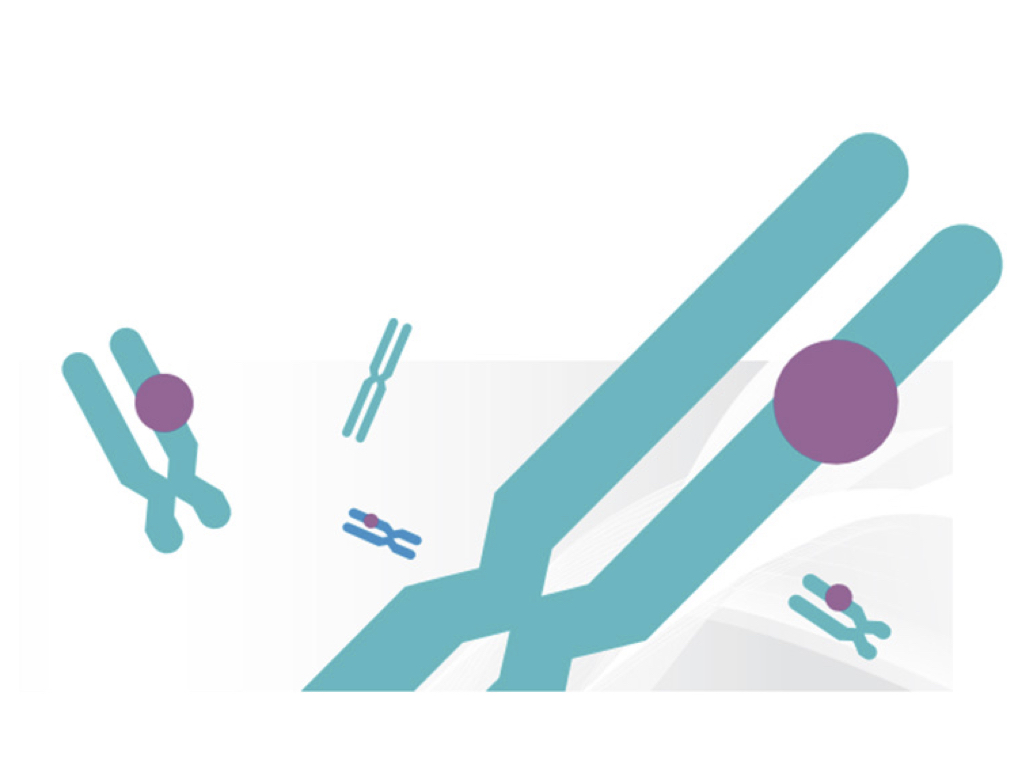“The 49, XXXXY karyotype is the rarest form of chromosomal condition or aneuploidy occurring mostly in males due to the event known as non-disjunction.”
Or we can say,
A type of aneuploidy, 49, XXXXY is a kind of chromosomal abnormality occurring by the presence of three extra chromosomes in a male.
The addition or deletion of chromosomes in a genome of an organism can cause serious health problems to a person. Sometimes it’s lethal while the rest of the time a person has to suffer his or her entire life by some physical or mental problems.
The condition in which abnormal numbers of chromosomes occur is known as aneuploidy. It might be an extra chromosome or absence of a chromosome or chromosome pair.
For instance, 45, X0 and 47, XXY both are a kind of aneuploidy one with absence of an X chromosome and one with one extra X chromosome, respectively.
Though these conditions are responsible for serious mental, developmental and reproductive problems, are very rare.
Some common aneuploid conditions are indicated in the chart below.
| Abnormality | Numerical abnormality | Cytogenetic indication |
| Edward’s syndrome | Trisomy 18 | 47, (XX/XY), +18 |
| Patau syndrome | Trisomy 13 | 47,(XX/XY), +13 |
| Klinefelter syndrome | Disomy of X | 47, XXY, +X |
| Turner syndrome | Monosomy of X | 45, X0, -X |
Although the above-listed conditions are rare, nowadays scientists can identify it due to the advancement in cytogenetics and karyotyping. But what if I tell you that some aneuploidies are even more rare and severe than these common ones!
In the present article, we are going to talk about the rarest and the most severe type of condition 49, XXXXXY. We will also look into some case studies reported and will discuss the karyotype of XXXXY.
Read more: Karyotype of Down syndrome.
What is XXXXY karyotype?
The XXXXY is a genetic condition observed in men with three extra X chromosomes. Infertility, Mental retardation, and developmental disabilities are some of the common problems associated with it. The condition is not lethal, however.
As we discussed, the condition is rarest among the rare, 49, XXXXY is present 1 in 1,00,000 newborn males worldwide.
Genetics and cause of XXXXY:
The XXXXY karyotype shows that four X chromosomes are present in the patient’s genome, henceforth, instead of 46 (including one X and Y), 49 chromosomes are observed.
It is a type of sex chromosome abnormality and fist reprted in 1960 by Fraccaro.Therefore it is also known as Fraccaro syndrome as well.
In humans male individuals have one X and one Y chromosome while females have two X chromosomes present with other 22 pairs of autosomal chromosomes.
Notably, the Fraccaro syndrome is non-inherited unlike other gene mutations, which means that by some unknown reason it can occur in a baby but can’t be inherited to other generations. Also, the chance of having it in other pregnancies are also unknown.
Much like other aneuploids, the event known as non-disjunction is the major reason for this condition. Nondisjunction is observed in both meiosis I and Meiosis II in which the chromosomes are not segregated properly during cell division.
Due to the error in cell division of eggs, X chromosomes can’t distribute properly and thus instead of a single X chromosome, a cell carries more X chromosomes.
If a germ cell (egg) having abnormal numbers of chromosomes takes part in fertilization, it causes XXXXY in a baby and a baby boy may suffer from serious health issues.
There is a major reason behind why XXXXY is so severe?
The condition is considered as a variant of Klinefelter syndrome in which two X chromosomes along with a Y chromosome are present in a patient. The Klinefelter karyotype is cytologically denoted as 47, XXY.
The symptoms of 49, XXXXY are somewhat similar to the Klinefelter syndrome, mainly associated with reproductive failure of a patient. However, the 47, XXXXY is more complex and severe.
One major difference between Klinefelter syndrome and 47, XXXXY is the stature. In a typical Klinefelter case a patient has high stature while 47, XXXXY patients are short in stature.
Notably, the XXXXY syndrome occurs sporadically thus its chance to be inherited in consecutive generations is less.

Common symptoms of the present condition is discussed here:
Symptoms of XXXXY:
- Severe infertility
- Hypotonia- weak muscle tone
- Abnormal motor skills – problems in walking, standing and sitting
- Abnormal muscle
- Hyperextensibility- larger joint movements
- Clinodactyly- curved last finger
- Wide spaced eyes
- Distinct facial features
- Flat feets
- Mild to moderate intellectual disability
- Learning difficulties
- Underdeveloped male secondary sex characters
- Undescended testes
- Abnormal location of testes
One of the major concerns with the present condition is the less production of testosterone, a male hormone required for normal male development.
Due to lack of it less hair, abnormal secondary sex chracters, gynecomastia are present in a patient.
Usually an affected person can’t produce sperm. Remains infertile throughout his life.
Besides these, some of the other rare symptoms of the XXXXY syndrome are cleft palate, congenital heart defects, prognathism, hypertelorism, club feet, short stature, and narrow shoulders.
The role of X chromosome:
Not only the Y but also the X chromosomes and genes present on it plays an important role in sex differentiation and determination. A mechanism called X chromosome inactivation regulates the expression of genes on the X chromosome in females (because they have two X chromosomes).
One X chromosome becomes transcriptionally inactive, however, in males, it remains active. The X chromosome inactivation is very important in order to control the overexpression on genes otherwise it causes abnormalities.
But in the case of XXXXY, as three extra X chromosomes are present in a patient, genes located on the X chromosome get overexpressed. Altered expression of genes is also a reason for reproductive and mental problems in patients.
Diagnostic methods:
As we said earlier, using conventional cytogenetic methods, aneuploidies can be detected. A technique known as karyotyping is performed to do so.
In a conventional karyotyping method, a patient’s sample is taken and sent for cell culture.
The sample is cultured in a nutrient media such as RPMI 1640 or Eagle’s MEM media under sterile condition.
The sample then incubated and harvested to get metaphase chromosomes. The metaphase chromosomes are a well organised, compact and visible form of a genetic material.
Techniques like Giemsa banding and Q-banding used to observe chromosomes. A karyotyping expert analyzes various metaphase fields and finds anomalies.
The entire process takes up to 3 days to complete. Learn more on karyotyping: What is a karyotype test?
Case studies:
Tiago Jeronimo dos Santos et al. had reported a case of a 9 year and 6-month-old boy having a mosaic condition of 48, XXXY/49, XXXXY. Cryptorchidism, hypogonadotropic hypogonadism and scrotal hypoplasia are observed in a patient, nonetheless, typical symptoms of 47, XXXXY like cleft palate, dysplasia, and kidney problems are not observed in this case.
Their findings suggest that the symptoms of cognitive, reproductive and behavioral problems associated with XXXXY condition are more severe than the Klinefelter syndrome.
Source: del Río RG, dos Santos TJ, Travieso-Suárez L, Muñoz Calvo MT, Argente J. Cariotipo 48,XXXY/49,XXXXY y sinóstosis radioulnar proximal. An Pediatr (Barc). 2018;88:282–284.
Another case of present condition was reported by Staboulidou I et al. They had karyotyped a fetal sample of a 34 years old patient and detected 49, XXXXY.
Source: Staboulidou I, Miller K, Gohring G, Hillemanns P and Wustemann M. Prenatal diagnosis of an Epignathus Associated with a 49, XXXXY karyotype- A case report. Fetal Diagn Ther 2008; 24: 313-317.
Maaswinkel-Mooij Pd and co-worker had reported an interesting case of a girl with 71, XXXXY condition. Though Fraccaro syndrome affects only male individuals, it may sometimes be observed in females known as sex reversal.
The sex reversal in a condition in which a biological and physical gender is different. For example the patient is physically a girl but a Y chromosome is present in their genome.
Abnormal genitalia and abnormal secondary sex characters are common symptoms of sex reversal.
Source: Maaswinkel-Mooij PD, van Zwieten P, Mollevanger P, van Noort E and Beverstock G. A girl with 71, XXXXY karyotype. Clinical Genetics. 1992 Feb; 41(2): 96-99
Hussein S and co-worker also reported the rare variant of Klinefelter syndrome 49, XXXXY. The child had a short neck, hypertelorism, kyphosis and abnormal external genitalia.
Also, small phallus, coronal hypospadias and hypoplastic scrotum was observed in a patient. Karyotyping analysis revealed the condition of 49, XXXXY.
Source: Hussein S, Ahmed A and Nizzamudin K et al., Klinefelter syndrome, Rare Variant 49, XXXXY. Annuals of Saudi Medicine.199; 11(3).
Treatment of XXXXY:
Currently no particular treatment for 47, XXXXY is available. Infertility and reproductive problems are very common in it. Therefore, by surgeries abnormal parts can be removed.
Assisted reproductive techniques may help patients to overcome infertility, however, the results are fewer. By counseling and some physical therapies, a baby with XXXXY can live a normal life.
Conclusion:
The 49, XXXXY is the rarest form of abnormal karyotype related to sex chromosomes. The severity of the disease depends on the number of X chromosomes present. As several genes related to mental and cognitive phenotype are present on X chromosomes. Mild to moderate mental retardation and cognitive abnormalities are observed as well.


